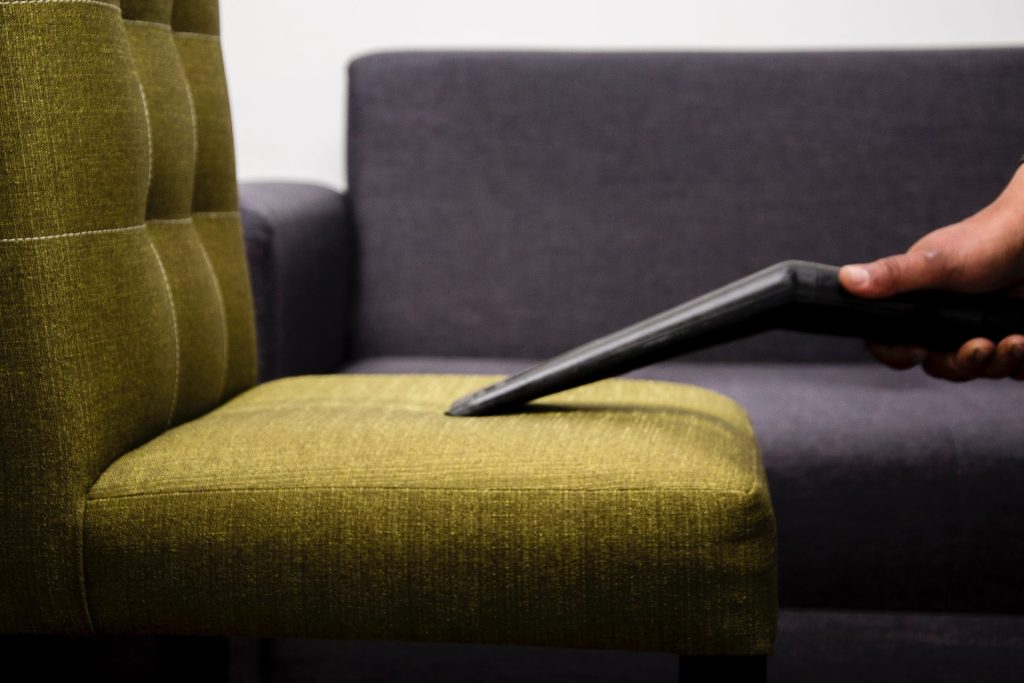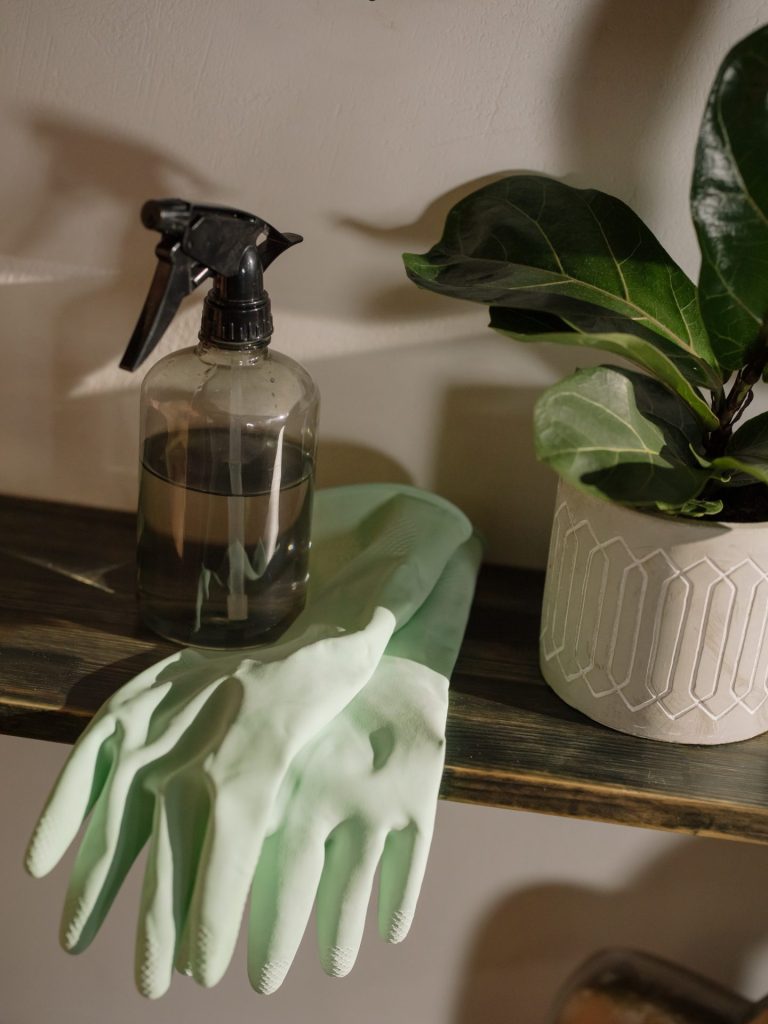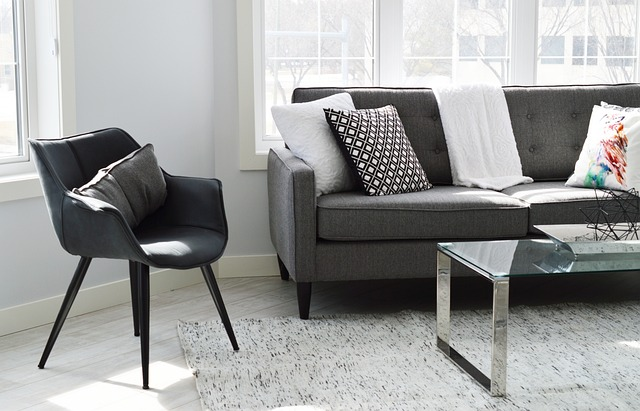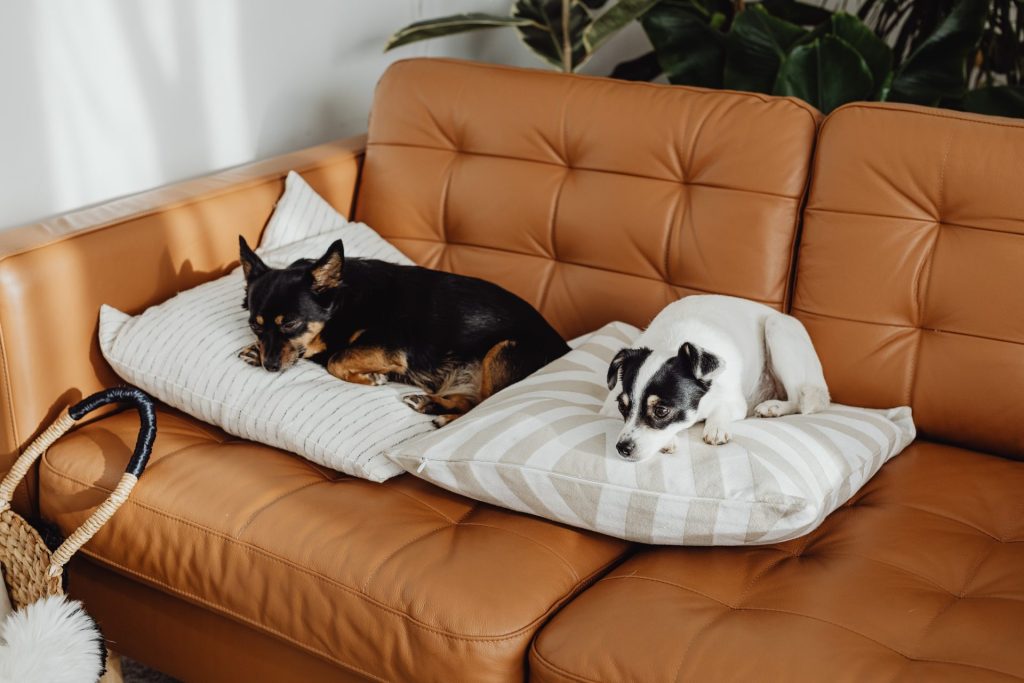BLOGS
How to Clean Upholstered Furniture: 7 Easy Steps
Maintaining your upholstered furniture in your property in Portofino Alabang is essential to keep it looking great and lasting long – whether you have an expensive leather couch or a budget-friendly polyester armchair. Upholstered furniture includes sofas, chairs, ottomans, and other pieces of furniture with fabric covering. These pieces can last for many years with the right care and maintenance. This guide will take you through seven tips on how to clean and maintain your upholstered sofas and chairs.
1. Understand the Fabric of Your Upholstered Furniture
Before cleaning or attempting any repairs, identify what kind of fabric is covering your furniture. Different types require different maintenance techniques. You can usually find this information on tags stitched inside cushions or refer to the manufacturer’s instructions. Generally speaking, natural fibers can be spot-cleaned with a damp cloth, while synthetic fabrics should only be wiped down with a dry cloth.
Also, look for any cleaning codes which provide special instructions. Cleaning codes are typically found on tags and range from W (water-based cleaners) to S/W (solvent and water-based cleaners) to X (vacuum or brush only).
If you’re unsure of the fabric type, test a small area with a mild cleaning solution before tackling the entire piece or section. Additionally, it’s always best to use the gentlest method possible when cleaning upholstered furniture. Strong cleaners can damage fabric fibers and lead to discoloration, weakening of seams, or shrinkage.
2. Vacuum Your Upholstered Furniture Regularly

Vacuuming your luxury house and lot in Metro Manila is a great way to keep your upholstered furniture clean and free of dirt, dust, pet hair and other debris. You should vacuum regularly (at least once a week) to prevent buildup from occurring. Use a soft brush attachment to ensure the fabric isn’t damaged while vacuuming. Make sure to reach all sides of the furniture, including under cushions and tight corners.
Before vacuuming, it’s important to check for any loose threads or buttons, as these could be tangled in the vacuum brush and cause damage to the fabric. If you find any, remove them with scissors before vacuuming or use a lint roller. You should also test a small area of your upholstered furniture with your vacuum cleaner to ensure it isn’t too strong and won’t damage the fabric.
After vacuuming, check the fabric for any signs of damage. If you find any tears or holes in the fabric, it’s best to have them professionally repaired as soon as possible. Small holes and tears can easily be covered with a patch kit. Alternatively, you could use a patchwork quilt or throw pillow to cover damaged areas.
3. Utilize Spot Cleaning and Stain Removal Techniques
Acting quickly is essential if you notice any spills or stains on your upholstery. Remove as much moisture as you can by blotting the affected area with a dry cloth. Never scrub or rub the fabric, as this can cause damage. Blotting with a damp cloth may be appropriate for some fabrics; however, thoroughly blot away any moisture afterward.
If the stain remains after blotting, you can use spot-cleaning techniques for more stubborn stains. Spot cleaning starts by testing a small area of the fabric to ensure the spot cleaner will not damage it. It is recommended that you use a mild soap product or solvent-free cleaner so as not to cause any further damage. Use a clean, white cloth and dab the cleaner onto it. Avoid over-saturation, as this could cause more damage. Gently blot the area with an up-and-down motion until the stain is removed.
4. Avoid Harsh Cleaning Products

Harsh cleaning products like bleach and ammonia should always be avoided when cleaning upholstered furniture. Not only do these chemicals have strong odors, but they can also damage fabrics over time. Use natural ingredients such as white vinegar or baking soda for spot-cleaning stains. Be sure to test any product on an inconspicuous area first before applying it to your furniture.
When cleaning your upholstered furniture in your property in Vista Alabang, using the right cleaning products for each material is important. Some fabrics may require special care to protect them and keep their bright colors intact. Before using any product, do a spot test on an inconspicuous furniture area, such as underneath a cushion or in a corner. This will help you determine the best product and method of cleaning without risking any damage to your furniture.
5. Rotate Cushions and Fluffing Pillows
Rotating and fluffing cushions regularly can help keep your upholstered furniture looking new. This will also help to keep the fabric from stretching or sagging. Try flipping the seat and back cushions of sofas and armchairs every few months in your property in Portofino Alabang, and shaking out any pillows that come with your furniture.
To fluff pillows, you may use a vacuum attachment or simply run your hands over the pillow, pushing and squeezing it back into shape. If using a vacuum attachment, be sure to keep the setting low so as not to damage the fabric. Fluffing will help restore the original shape of your cushions and add volume to the fabric.
6. Protect Your Upholstered Furniture from Sunlight and Heat

Direct sunlight and heat can cause fading and damage fabrics over time, so try to position your furniture away from windows or other sources of direct sunlight. If you do have a piece in direct sunlight, consider using curtains or blinds to filter the light and reduce its intensity. It’s also not a good idea to put soft furnishings next to a fire or radiator.
It is also important to remember to use a slipcover or throw a blanket over your furniture as much as possible when it is exposed to direct sunlight and heat. This layer of protection can help reduce the damage caused by UV rays and high temperatures. Additionally, regularly clean your upholstered furniture to remove dust and dirt build-up, which can contribute to fading. Vacuum or brush the fabric regularly to help preserve its color and keep it looking fresh.
7. Keep Pets off Upholstered Sofas and Chairs

Pets can cause damage to upholstered furniture with their claws, so if possible, keep them off of the cushions and other fabrics. If your pet does get on the furniture in your luxury house and lot in Metro Manila, try brushing or vacuuming away any fur regularly. You should also consider using pet-friendly detergents to clean up pet accidents quickly and safely.
It is also important to regularly check for signs of pet damage on upholstery, such as claw marks or scratches. If you notice any damage, immediately contact a professional furniture repair specialist to restore the fabric and prevent further damage. Additionally, if you are worried about keeping your pet off the furniture, using a slipcover or a protective sheet can help to protect the fabric from damage.
You can also opt for pet-friendly furniture, such as leather or microfiber, which are more resilient against pet damage and easier to clean. Fabrics with tighter weaves and more lasting fibers, like polyester or microfiber, are what you want to search for when purchasing new upholstered furniture.
Final Thoughts
These seven tips are just the beginning regarding upholstered furniture care and maintenance for your property in Vista Alabang. With these tips, your sofas and chairs will look like new ones for many years. Taking care of upholstered furniture may seem daunting at first, but with these tips in mind, you’ll be sure to keep your pieces looking great for years to come. With the proper care and maintenance, your furniture will always be a beautiful addition to any room. Plus, you’ll save money in the long run by properly maintaining your investments.
















